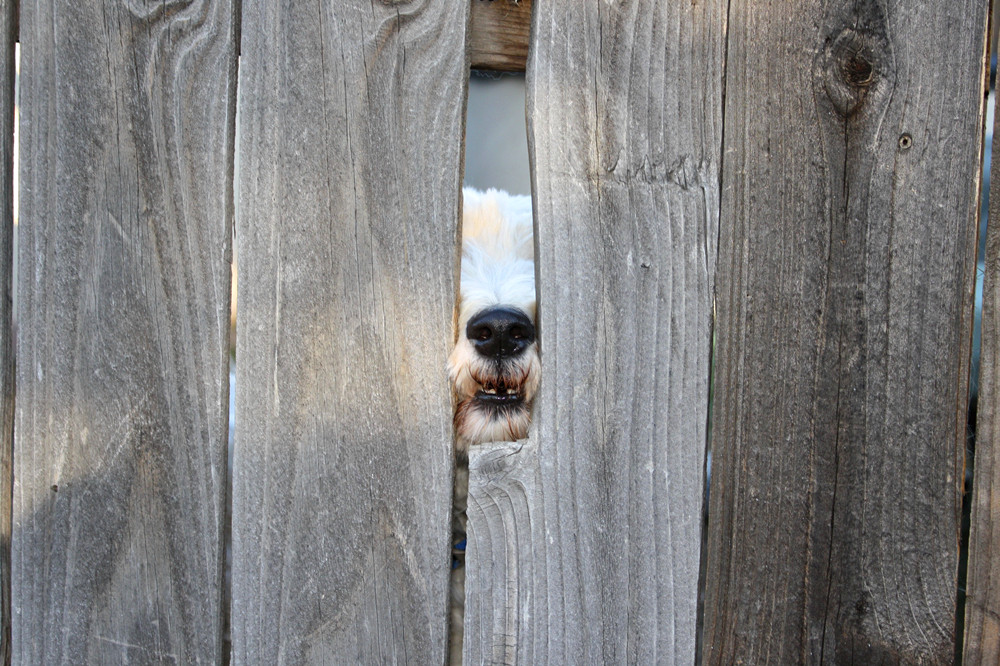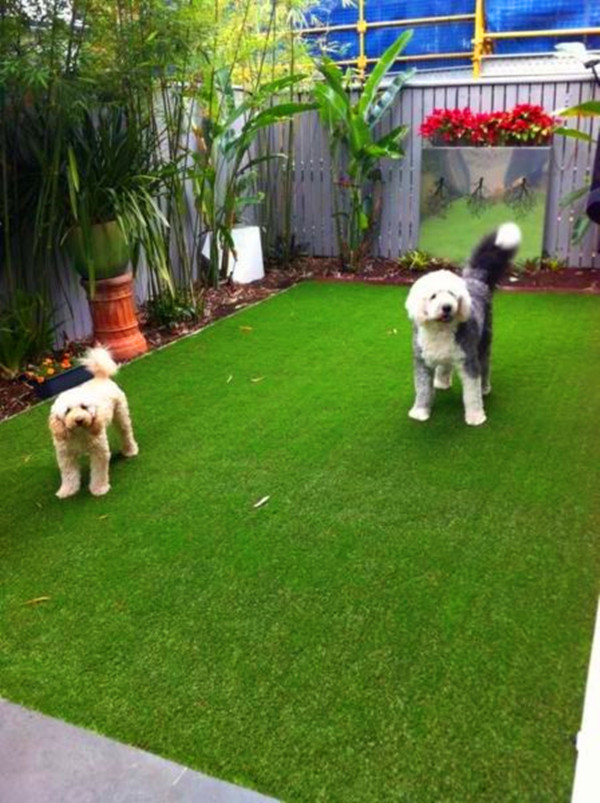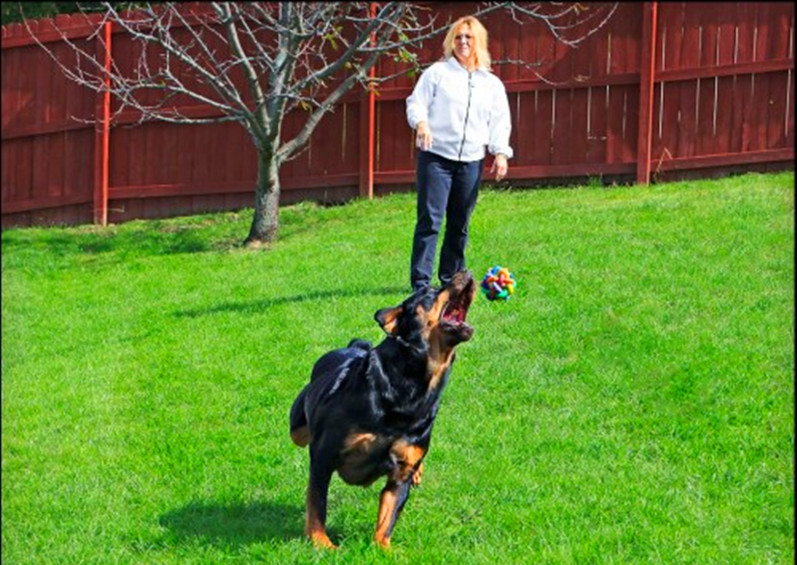Before you read this post, I highly suggest you to read our post on “Backyard fences for dogs: 10 things you need to know“.
Follow these expert tips to ensure the safety of your furry friends at home. As a pet owner, it’s important to ensure your yard is safe and secure. This is essential for the safety of your pets, both in preventing them from escaping, and preventing strays from accessing the yard.
1. Fence it!
Dogs are crafty little creatures, they seem to always find a way to either escape or injure themselves. Whether that be digging themselves under the fence, jumping over the fence, or in some cases literally going straight through the fence. So, in securing your yard, the first step involves taking a walk along the perimeter of your fence, and fixing any potential breaches to the security of your fence.
- If there are any holes in the fence, patch them up. Even if your yard has a fence, a wiggly pup can easily slip through tiny gaps or holes you may not notice. Regularly check the fence in your yard to make sure it is secure before letting your dog out in the yard.
- If your dog is a furry Einstein and has managed to work out how to open the latch, fix it, replace it, or add another level of security.
- If your dog digs, place cement blocks below the fence or run chicken wire a couple of feet underground. Always try to make sure there is some ground available inside the yard for your dog to dig.
- If your dog or cat is a jumper, ensure there are no objects near the fence that your pet could use as a launch platform. If the problem persists, either place an inward extension at the top of the fence with chicken wire, or as a last resort you could place an electric wire along the top of the fence. Obviously it would be ideal to avoid having to go down this path.
- If you have a swimming pool, put a fence around it. Even if your dog is a strong swimmer, he or she should never be left unattended in a yard with a pool. Your dog should know how to safely enter and exit the pool from an early age.
If you are getting a fence for the first time, check out our post on “Things to Know Before Getting a Fence” and “Pros and Cons of Vinyl/PVC Fences, Wood Fences, Iron Fences and Chain Link Fences“. It will save you lots of trouble and regrets later.
2. Clean it!
So now you might have got your fences down pat but fleas tend to live in dark, humid areas like outdoor dog homes, decks and outdoor structures such as sheds. Sweep off patios, clean under your deck and remove debris from outdoor structures to prevent fleas from congregating in your yard. Need some help on how to do this? Check out our posts on “How to Maintain PVC fencing: 4 Easy Steps” or “Iron Gate Maintenance” or “How to Maintain Your Deck“ or “How to Maintain Wooden Fences“.
3. Secure it!
If you have failing gazebo posts, decks. Secure them. You don’t want your dog to injure him/herself when playing. If you keep your compost or trash cans or recycling bins in your backyard, keep the area secure. If you can’t secure the area, you should secure the bins with appropriate lids.
4. Store it!
Liquids such as fuel, cleaning supplies and antifreeze (which can be fatal to dogs), need to be stored out of reach of your dog. Bug or rat bait and herbicides should be used with caution and stored properly, as they can also be fatal to dogs. Insecticides can help curb bug problems, but when applied heavily, may be toxic to dog. Try to avoid using insecticide when possible or talk to your veterinarian about the best way to use such chemicals. Keep your dog off lawns that have recently been treated with insecticides, pesticides or fertilizers.
4. Avoid it!
Synthetic chemicals might be under control, but mother nature is cruel too. Certain flowers and plants such as from the daisy (Asteraceae) family are phototoxic to small animals. These plants contain chemicals that when react with light create irritations, blisters and sores. Further more, ticks will use tall grasses and branches in your yard to hitch a ride onto your dog’s skin. To help keep ticks at bay trim back high, tall grasses and remove debris.
5. Fetch it!
Now that your backyard is rid of any potential hazards, but is your dog safe from him/herself? A bored dog is an unhappy dog. This will lead to attempts at escape or reckless behaviours. Lots of treats, toys, affection, exercise and attention will control the escapist behaviour. If after all of this, you still find that your dog or cat is escaping, it’s probably worth seeking the guidance of a behavioural specialist and possibly considering building a small circular enclosure in the yard which can be used to securely keep your animals safe while you are away.
6. Learn it!
Know your climate. In the summer, dehydration and heat sickness can be very real threats. Make sure to give your pup plenty of breaks in the shade, access to fresh water and the ability to go inside if he/she needs it. In the winter, Ottawa gets very cold. Keep your dog inside.



